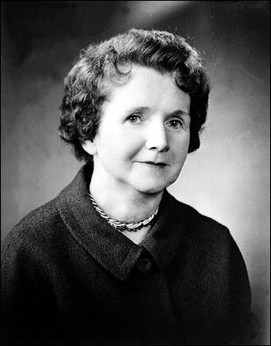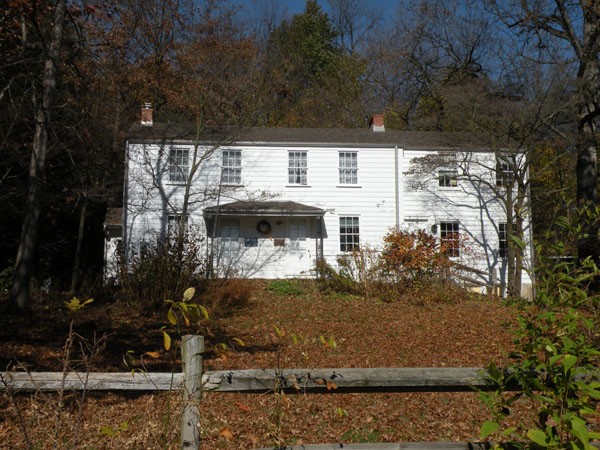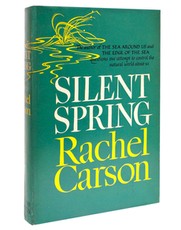Rachel Carson Homestead
Introduction
Text-to-speech Audio
Images
Portrait of Rachel Carson. http://www.rachelcarson.org/Bio.aspx

Rachel Carson's childhood home and birthplace (the Rachel Carson Homestead). https://en.wikipedia.org/wiki/Rachel_Carson_Homestead

Carson's most infamous book, "Silent Spring." https://www.nrdc.org/stories/story-silent-spring

Backstory and Context
Text-to-speech Audio
Rachel Carson shaped how we view our role on nature today. With the relatively new usage of chemicals for wars, agricultural use, and more in the late 1800s to the early 1900s, Carson challenged prior ideas on how these substances could impact humans, animals, and the environment. Her ideas were met with fierce backlash from major chemical industries (not surprisingly), but her ecological education, experience, and research were supported by the public after her publication of “Silent Spring.” Without Carson’s dedication to the topic of human impact on nature, the world as we know it today may be much more saturated with harmful chemical toxins.
Rachel Carson was always known to have loved nature; her mother commented on how much she would play outside and explore all the natural wonders growing up. She further proved her dedication by graduating as a marine biology student and then moving on to study at the Woods Hole Marine Biology Lab. She received her MA in zoology from the John Hopkins University in 1932. Carson continuously put forth time into biological sciences throughout her life, even before her major publications. She would write articles on natural life for the Baltimore Sun and later became the editor-in-chief for all publications in the U.S. Fish and Wildlife Service.
It was not until after World War II, when chemical pesticide use was at an all-time high, that Carson shifted her writing focus on to something she believed the public needed to know: the horrific effects that such drastic chemical usage can leave behind. Her writing focused on stressing how long-term the impact of pesticide use can be and challenged the widely-accepted views regarding it. Carson pushed an agenda that would modify all environmental views, permanently.
Her most famous book, “Silent Spring,” was met with vehement backlash from most chemical industries and even the government. Many people labeled her as an “alarmist,” but her extensive research and education backed up everything she had to say. Carson went on to testify in front of Congress in 1963, demanding new policies to protect the natural world. Her efforts most definitely did not go to waste; the pesticide use in America was reversed, DDT was banned for agricultural use, and she started a movement within American that led to the formation of the Environmental Protection Agency.
Rachel Carson continues to inspire generations of people with her passion for the natural world. She is remembered by many as a woman who did not back down despite some of the country’s most powerful individuals fighting against her. Carson changed the world as we know it today for the better, all in the name of science. She dedicated her time and effort into producing new environmental research, and to pushing for a change that was absolutely necessary for the sake of our own health, and nature as a whole.
Sources
Rachel Carson Biography. U.S. Fish & Wildlife Service. February 15, 2013. Accessed September 27, 2018. https://www.fws.gov/refuge/Rachel_Carson/about/rachelcarson.html.
Rachel Carson Biography. The biography.com Website. April 02, 2014. Accessed September 27, 2018. https://www.biography.com/people/rachel-carson-9239741.
Carson, Rachel. Silent Spring. Houghton Mifflin.
